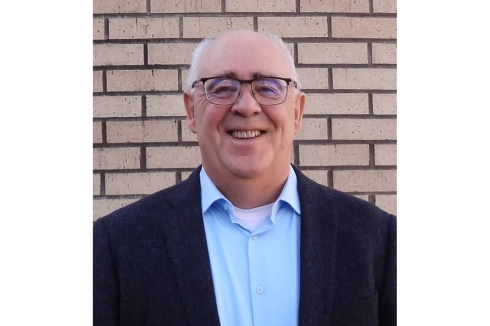Federal pollution regulators have identified water bodies in Minnesota that grow wild rice but have sulfate levels that exceed the state's limit.
In a letter to the Minnesota Pollution Control Agency on Wednesday, the U.S. Environmental Protection Agency said 30 rivers and lakes throughout the state that grow wild rice have sulfate levels beyond the state's 10 milligram per liter limit for wild rice waters.
ADVERTISEMENT
Sulfates — discharged into water by industrial activities like mining and wastewater treatment — at high levels harm rice when the sulfate is converted to hydrogen sulfide in the sediment.
The EPA said the MPCA should add the water bodies to its list of impaired waters, which can later be used to set limits in discharge permits for industrial activities like mining.

But the state agency is bound by a state law passed in 2015 that prevents them from adding impaired wild rice waters to the list themselves and from enforcing sulfate reduction if it costs a permit holder any money. The MPCA can not take those actions until it establishes new wild rice water-quality standards for sulfate, the law said. The mining industry has long said existing rules are too stringent.
The agency began the process to replace the 10 mg/L limit to a formula that would include the water's organic carbon and iron content but withdrew its rule change proposal in 2018.
"I think that the biggest hurdle that we have is that this state law clearly conflicts with the federal Clean Water Act," Katrina Kessler, the MPCA's assistant commissioner for water policy and agriculture, said in an interview with the News Tribune on Thursday. "And whatever action we — as the agency — take, it's likely subject to a legal challenge from one side or the other because of that conflict."
ADVERTISEMENT
If the MPCA requires a permit holder to reduce the amount of sulfate in a water discharge permit, it expects the permit holder to pose a legal challenge. But if it leaves a sulfate limit out of the permit, it expects legal challenges from environmental groups, Indigenous tribes and even the EPA itself.
While the conflict between federal and state law may be resolved in court, the Minnesota Legislature could also change the law.
"I think this action by EPA reminds people that this stark conflict still exists, and maybe there will be interest by the Legislature to think about it," Kessler said. But so far, no lawmaker has taken up that issue.
Paula Maccabee, advocacy director and counsel for WaterLegacy, said the EPA identifying impaired wild rice waters was "a big deal," noting the state had never put one together.
"This is what happens when the EPA does its job," Maccabee said.
She credited Indigenous tribes for their efforts advocating for and protecting wild rice, which many consider sacred.
The Fond du Lac Band, which was heavily involved in the process, did not respond to the News Tribune's request for comment Thursday. Band members have the right to harvest wild rice throughout treaty-ceded land.
ADVERTISEMENT
The EPA said it continues to look through information from tribes and could add more water bodies to the list.
"EPA will complete our analysis of the input received from tribal governments, along with any additional information received during this public notice and comment period and will issue a supplemental decision addressing any additional sulfate-impaired wild rice waters, as appropriate," Tera Fong, the EPA Region 5 water division director, said in the letter to the MPCA.
If it does add to the list, another 30-day comment period will restart.
The current list's comment period began Thursday. Written comments be emailed to Paul Proto at proto.paul@epa.gov before June 1, the EPA said in a news release.









